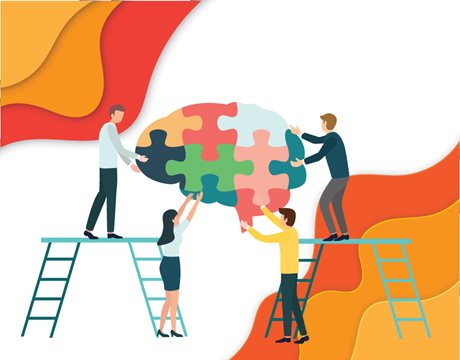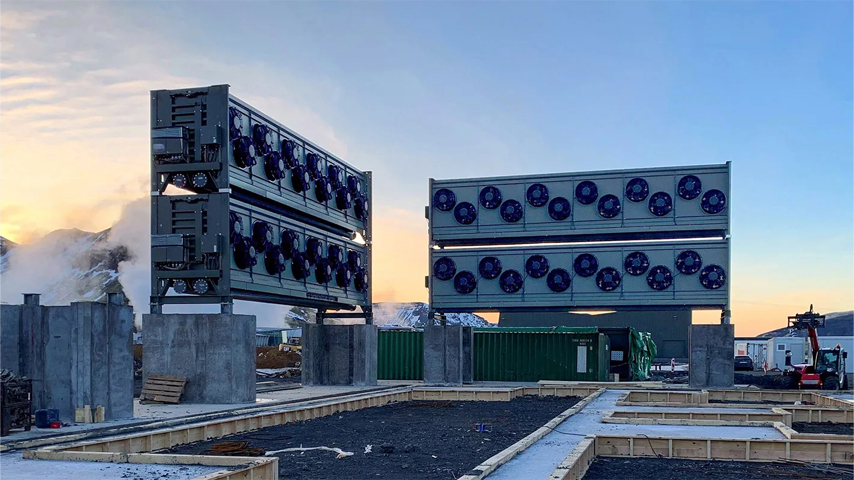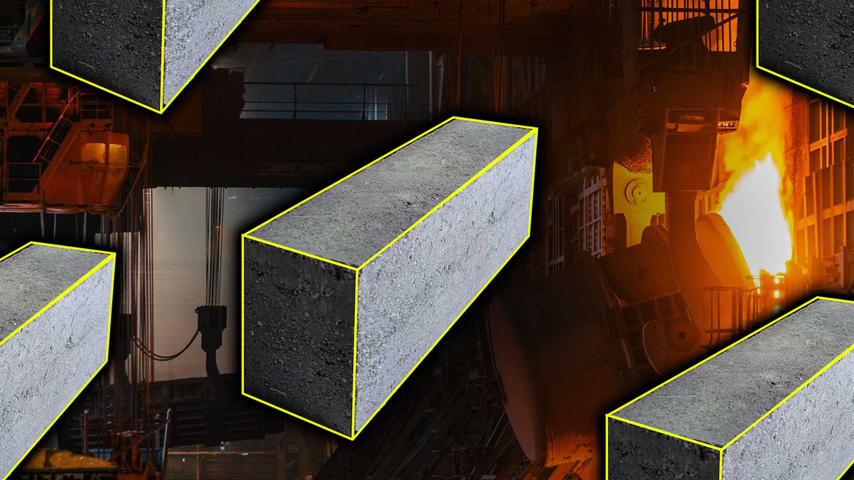Workforce Blog: Inculcating Inclusion
Workforce Blog: Inculcating Inclusion


How men in leadership positions can leverage influence to drive organizational change.
In January 2020, I had the privilege of participating in ASME’s Increasing Women in Mechanical Engineering virtual conference, where I had a conversation with Professor Oscar Barton, Dean of the Morgan State University Clarence M. Mitchell, Jr. School of Engineering, on the importance of enlisting male allies to create a culture of inclusion within an organization. In my case, that organization is GE Aviation, and I relished the opportunity to talk about the assertive steps we are taking to foster a more welcoming workplace.
By now it has become axiomatic that the more diverse the team, the more creative their solutions. Intuitively, we all know that this must be true. Yet too many teams, especially in the engineering community, are still too homogeneous, which is to say, too male and too white.
Further Reading: Why is Diversity in Engineering a Major Opportunity?
That experience was my “aha!” moment, illuminating how little I understood about privilege, and how much human potential is tragically left untapped. Then GE gave me an opportunity to better understand the inherent inequity of white male privilege through an amazing organization called Catalyst, a global nonprofit that works with leading businesses and senior executives to build inclusive workplaces. It offers a training program called MARC, which stands for Men Advocating Real Change.
The premise of that program is that men in positions of leadership can and must be allies of women; we can leverage our influence to drive organizational change.
Through MARC training I understood that power is not a zero-sum game. Opening doors of opportunity to women and other individuals from communities that are currently underrepresented lifts everyone up. Study after study bears this out: Diversity is a growth driver.
Editor's Pick: 11 Ways to Increase Workplace Diversity
As my awareness of this fundamental truth grew, I felt personally accountable to help within GE Aviation. In 2017, we started a program called Stronger Together that builds on the notion that all people should feel comfortable being their true self at work. We build under-standing of differences through fostering personal relationships between people and a safe environment to tackle typically “taboo” topics.
It sounds obvious until you ask yourself just how many sincere, human connections you have with people who are different from you.
We have also started a “reverse mentoring” program that addresses that deficit by pairing people who are very different, not only in terms of gender and race, but also in corporate status. Senior executives (typically white males) are paired with other employees of diverse backgrounds and encouraged to take walks, have a meal, and engage in meaningful dialogue about personal life experiences. In almost every instance, these pairings have led to deeper hu-man connections and more productive working relationships.
Learn more about ASME Diversity, Equity, and Inclusion
After three years, Stronger Together is ingrained in our division, and my hope is that this type of cultural change will continue to grow within the GE family. There is a good chance that it will, be-cause under the leadership of GE’s CEO Larry Culp, every business unit now has a chief diversity officer, who is tasked with inculcating inclusion into the fabric of our corporate culture.
For me, the benefits of inclusion are as much personal as corporate. As the father of a young girl, I can’t bear the thought of any limitations on her horizons. For her sake, and for all those who have been systematically excluded, there really is only one way forward, and we must all walk that path together.
Brian Pfeiffer is services operations leader at GE Aviation. ASME’s society-wide focus on increasing diversity, equity, and inclusion across the engineering community is a core priority of the philanthropic programs supported by the ASME Foundation.
Learn more about the ASME Foundation
By now it has become axiomatic that the more diverse the team, the more creative their solutions. Intuitively, we all know that this must be true. Yet too many teams, especially in the engineering community, are still too homogeneous, which is to say, too male and too white.
Further Reading: Why is Diversity in Engineering a Major Opportunity?
That experience was my “aha!” moment, illuminating how little I understood about privilege, and how much human potential is tragically left untapped. Then GE gave me an opportunity to better understand the inherent inequity of white male privilege through an amazing organization called Catalyst, a global nonprofit that works with leading businesses and senior executives to build inclusive workplaces. It offers a training program called MARC, which stands for Men Advocating Real Change.
The premise of that program is that men in positions of leadership can and must be allies of women; we can leverage our influence to drive organizational change.
Through MARC training I understood that power is not a zero-sum game. Opening doors of opportunity to women and other individuals from communities that are currently underrepresented lifts everyone up. Study after study bears this out: Diversity is a growth driver.
Editor's Pick: 11 Ways to Increase Workplace Diversity
As my awareness of this fundamental truth grew, I felt personally accountable to help within GE Aviation. In 2017, we started a program called Stronger Together that builds on the notion that all people should feel comfortable being their true self at work. We build under-standing of differences through fostering personal relationships between people and a safe environment to tackle typically “taboo” topics.
It sounds obvious until you ask yourself just how many sincere, human connections you have with people who are different from you.
We have also started a “reverse mentoring” program that addresses that deficit by pairing people who are very different, not only in terms of gender and race, but also in corporate status. Senior executives (typically white males) are paired with other employees of diverse backgrounds and encouraged to take walks, have a meal, and engage in meaningful dialogue about personal life experiences. In almost every instance, these pairings have led to deeper hu-man connections and more productive working relationships.
Learn more about ASME Diversity, Equity, and Inclusion
After three years, Stronger Together is ingrained in our division, and my hope is that this type of cultural change will continue to grow within the GE family. There is a good chance that it will, be-cause under the leadership of GE’s CEO Larry Culp, every business unit now has a chief diversity officer, who is tasked with inculcating inclusion into the fabric of our corporate culture.
For me, the benefits of inclusion are as much personal as corporate. As the father of a young girl, I can’t bear the thought of any limitations on her horizons. For her sake, and for all those who have been systematically excluded, there really is only one way forward, and we must all walk that path together.
Brian Pfeiffer is services operations leader at GE Aviation. ASME’s society-wide focus on increasing diversity, equity, and inclusion across the engineering community is a core priority of the philanthropic programs supported by the ASME Foundation.
Learn more about the ASME Foundation



